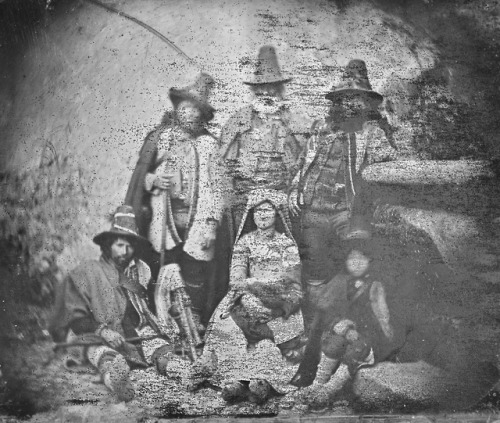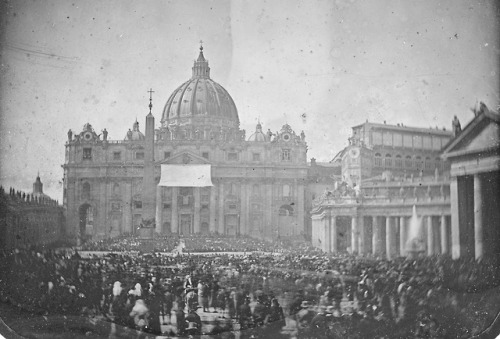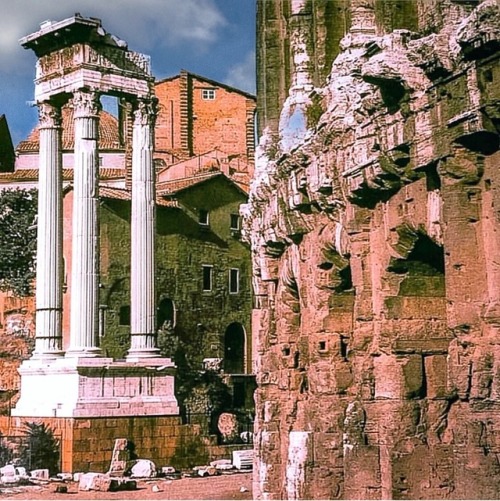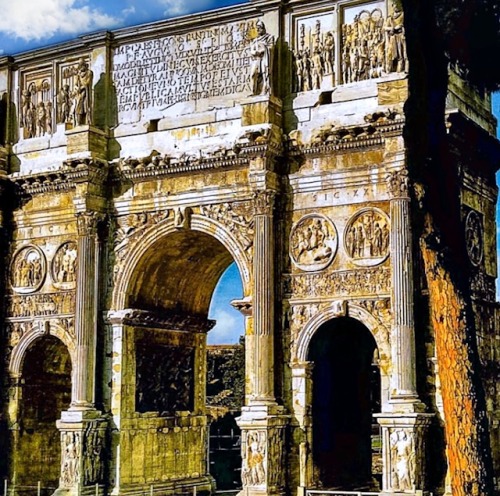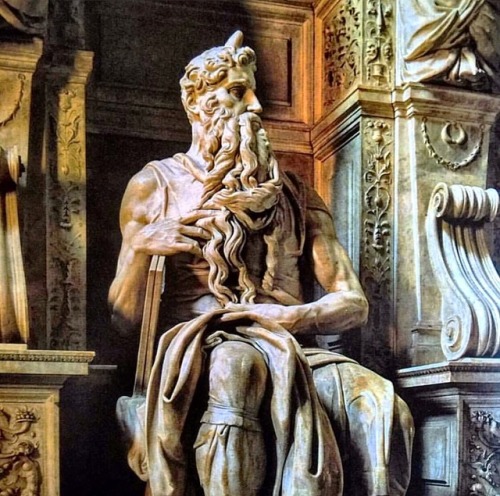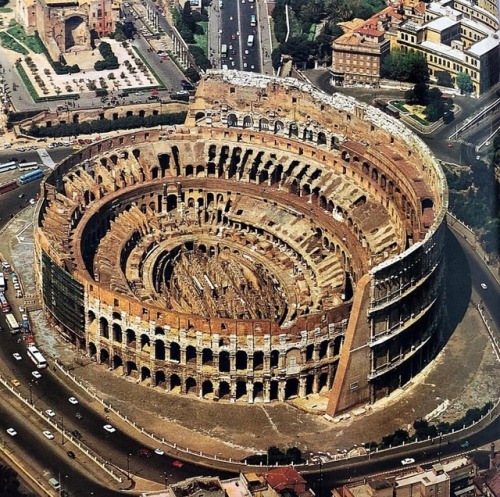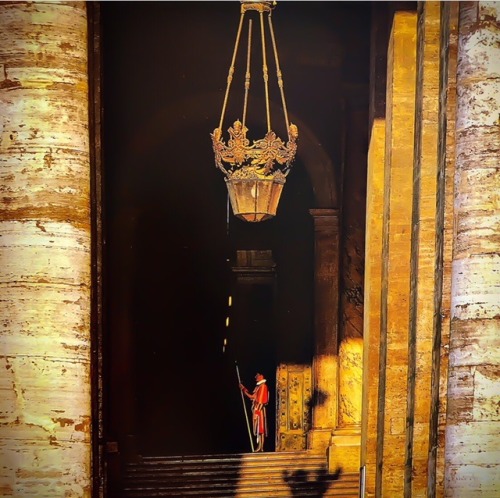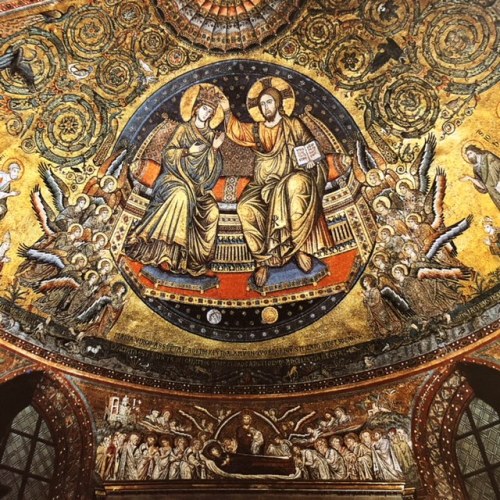#history of rome
Daguerreotype portrait of a group of Italian shepherd musicians known as Pifferari photographed by French photographer Joseph-Philibert Girault de Prangey in Rome, the Papal States, 1842.
Source: Sotheby’s.
Post link
Daguerreotype view of a crowd in St. Peter’s Square in Vatican City taken by an unidentified Italian photographer in Rome, the Papal States, c. 1845. One of the earliest photographs of Vatican City.
Source: The J. Paul Getty Museum.
Post link
Daguerreotype portrait of two men posing in a street in Rome, the Papal States, 1842. By French photographer Joseph Philibert Girault de Prangey.
Source: Sotheby’s.
Post link
Today, I’ll be taking a look at a Roman recipe, recorded by Apicius, which was likely eaten at contemporary roadside eateries in the Roman Empire - the simple isicia omentata - or what is basically a Roman burger patty! The end result is like a spiced and fragrant meatloaf!
In any case, lets now take a look at The World That Was! Follow along with my YouTube video above! If you like my recipes, consider checking out my Patreon!
Ingredients (for 5-6 burgers)
500g minced meat (beef, pork, lamb would be most fitting here)
100g breadcrumbs
2 cups wine (white or rose would work best)
100g pine nuts
50g black pepper
Method
1 - Soak the Breadcrumbs
To begin with, we need to soak 100g of breadcrumbs in a cup or two of wine. This is to add some moisture to the finished isicia, and to help pad out the meat. In antiquity, stale bread would have been used here, as it was a simple way to make the most out of every loaf of bread.
If your breadcrumbs look a little dry, add a bit more wine until it’s all damp.
2 - Mix the Ingredients
Now we need to place 500g of minced meat into a bowl, along with our soaked breadcrumbs. Keep in mind that the texture of minced meat today is more cohesive than what would have been made in antiquity! A mortar and pestle would have done the work on finely-chopped pieces of meat, becoming what’s known as “forcemeat”. But modern ground meat works well!
I used beef here, but ground pork or lamb (or even goat) would have been used in antiquity. The original recipe simply calls for “meat”, so to the readers of the time, the kind of meat would have been obvious! (such as hamburgers today being made from beef)
In any case, mix everything together in a bowl. Toss in about 100g of pine nuts, and 50g of whole black peppercorns, mixing to combine.
3 - Form the Isicia and cook
When your mixture is combined, take a small handful of it in your hands and form it into a patty. Each one should be about 1/5th of the mix (based on how I made them anyway, you can make them larger or smaller than mine). Place each one onto a frying pan with a little olive oil, and let it cook away over high heat for about 5-10 minutes, before flipping them over and letting the other side cook for the same amount of time. (The time it takes to cook them depends on how thick you make them)
When they’re done, serve up on a bed of arugula or rocket, or another edible green of your choice, and eat alongside a bit of bread!
The finished isicia are super light and flavourful! Each mouthful has a bite of heat from the peppercorns, along with a sweet, nutty flavour from the pine nuts! The breadcrumbs soaked in wine gives us a bit of sharpness, depending on the kind of wine you used.
While it’s unknown exactly how these were served in antiquity, it’s not unlikely that they were paired with bread and edible greens, as both of these would be readily available and filling sides for a meat dish like this! Based on earlier Italian cuisines (i.e. Etruscan), stale bread may have been used as a plate of sorts, which would then have been eaten after the main dish (the stale bread turning soft when soaked with the oils from the meat).
Basilica of Maxentius, Rome, Italy.
Antiikin Historia ja Kulttuuri: Maxentiuksen ja Konstantinuksen Basilika (in Finnish)
Post link
The Curia, first Roman senate house was built by Tullus Hostilius at the northwest corner of the Forum square. The Curia which stands today was begun by Julius Caesar in 44 B.C. Rome,
Post link
Hadrian’s Villa in Tivoli. Tivoli (the Ancient Tibur, 23 kilometers from Rome) is the site of an imposing architectural complex, Hadrian’s Villa. Built between the years 118 and 134. It were meant to remind emperor Hadrian of the places he most loved in Greece and the Near East. Hadrian’s Villa is one of Italian UNESCO World Heritage Sites.
Post link
Three remaining columns of the Temple of Apollo which was situated in front of the Theater of Marcellus. Rome, Italy.
Post link
The Arch of Constantine is a triumphal Arch in Rome, situated between the Colosseum and The Palatine Hill. It was erected by the Roman Senate to commemorate Constantine’s Victory over Maxentius at the battle of Milvian Bridge on October 28, 312. The Arch is 21m high, 25,9m wide and 7,4m deep. It has three archways, the central one being 11,5m high and 6,5m wide, the lateral archways 7,4m by 3,4m each. The top, called attic, is a brickwork reveted with marble. A staircase formed in the thickness of the each arch is entered from a door at some height from the ground, in the end towards the Palantine Hill. Rome, .
Post link
San Pietro in Vincoli (Saint Peter in Chains) is a Roman Catholic titular church and minor basilica in Rome, Italy, best known for being the home of Michelangelo’s statue of Moses, part of the tomb of Pope Julius II. Rome, Italy.
Post link
The mosaic from the apse of Santa Maria Maggiore by Jacopo Torriti, completed in 1296. Rome, Italy.
Post link
Mosaic from the apse of Santa Maria Maggiore depicting Christ crowning the Virgin. Rome, Italy.
Post link
Detail of the bronze Baldacchino in St. Peter’s basilica, made from a design by Bernini between 1624-1633. Vatican, Rome,
Post link
The bronze Baldacchino in St. Peter’s basilica, made from a design by Bernini between 1624-1633. Vatican, Rome, Italy.
Post link

